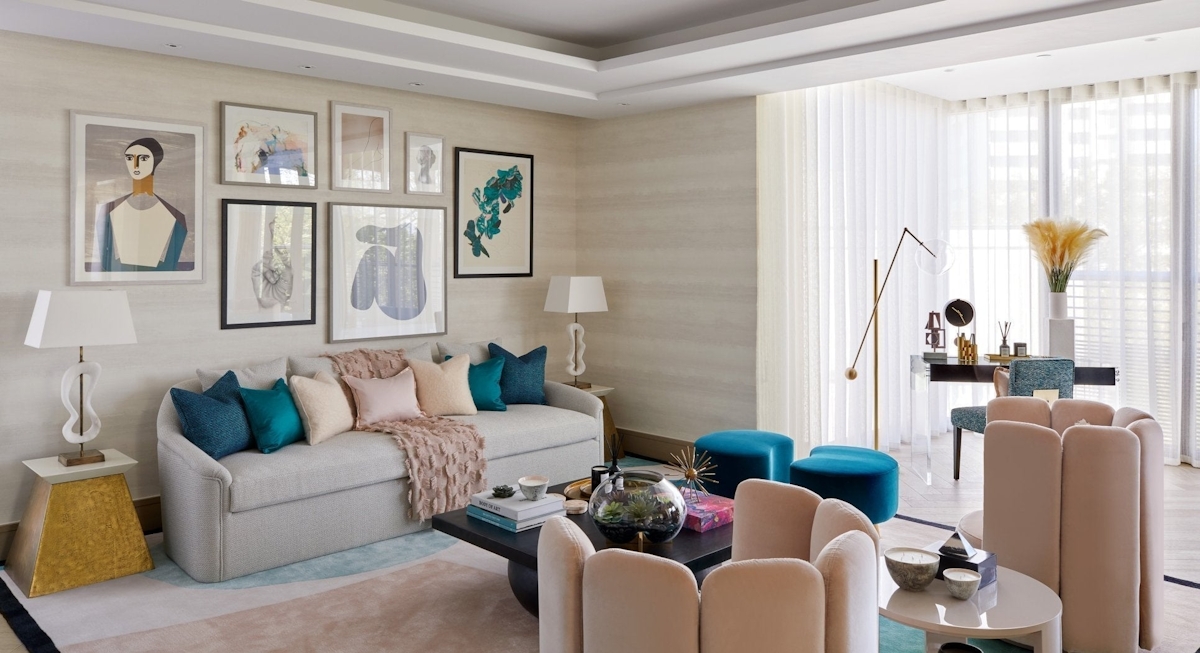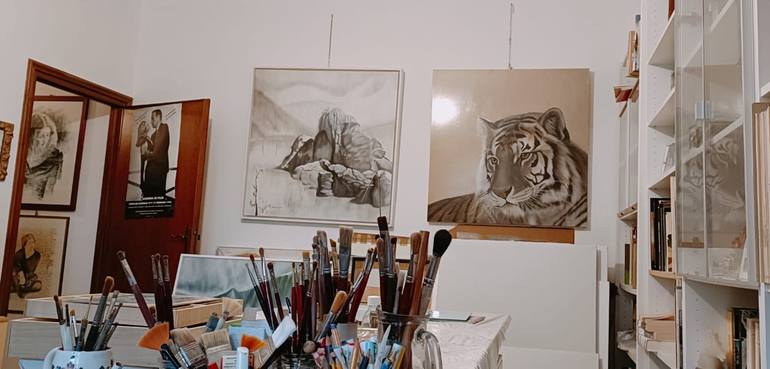Essential Tips for Crafting Dynamic Photo Wall Backdrops: A Guide for Pro Photographers
As a professional photographer, the ability to design stunning and dynamic photo wall backdrops can significantly elevate your work. In todays world, where visual narratives hold immense value, a thoughtfully crafted backdrop can transform an ordinary scene into something unforgettable. This extensive guide will explore various tips and insights for creating dynamic photo wall backdrops that can enhance your photography and leave a strong impression on your clients.

The Significance of a Dynamic Backdrop
Before jumping into the design techniques, its important to grasp why a dynamic backdrop is crucial. It serves more than just a background; it enhances your subject, adds dimension, and enriches the overall composition of your photographs. A carefully designed backdrop can change a simple photo into a striking piece of art.
The challenge for photographers lies in achieving the right harmony between subject and background. An overly intricate backdrop can detract attention from the subject, while a too-simple one may fail to provide value. The goal is to create a backdrop that is engaging yet supportive of your main focus.
Key Tips for Designing Backdrops
1. Selecting the Right Color Palette
The colors you choose for your backdrop are vital to the overall design. Colors have the power to evoke emotions and can dramatically influence the mood of your photograph. For example, warm hues like red and orange can convey energy and warmth, while cooler tones like blue and green may suggest tranquility. Ensure that your backdrop colors align with the emotions you wish to communicate and complement the subjects attire to maintain visual harmony.
2. Utilizing Textures and Patterns
Incorporating various textures and patterns can contribute depth and intrigue to your backdrop. Whether you opt for a rustic wooden design or a chic geometric pattern, textures can enhance the visual flair of your images. However, it is crucial to maintain a balance; the backdrop should not overshadow the subject. Subtlety is essential when introducing textures to your backdrop design.
3. Lighting Matters
Lighting is a fundamental element in photography that significantly affects how your backdrop is perceived. Proper lighting can accentuate the colors and textures in your backdrop, adding depth and dimension to your photos. Experiment with different lighting setups to discover the perfect balance that highlights both your backdrop and the subject effectively.
Adding Personal Touches
To make your backdrops stand out, consider integrating personal elements or themes that relate to your clients. This could involve using cherished items or aspects that resonate with the clients personality or brand. Personalized backdrops not only enhance the meaning of the photos but also create an unforgettable experience for your clients.
Keeping Up with Trends
In the fast-paced world of photography, its essential to stay current with evolving trends. Whether its the embrace of bold color palettes or minimalist designs, monitoring these trends can provide fresh ideas for your backdrop designs. Resources like The Spruce can provide a wealth of inspiration that can be woven into your designs.
Resources and Tools for Backdrop Design
Many tools and resources can assist you in creating stunning backdrops. Online design platforms and professional printing services are excellent places to turn for bringing your creative ideas to life. For example, Artifact Uprising offers customizable options for creating unique art pieces that can easily be integrated into your backdrop design.
Conclusion
Crafting a dynamic photo wall backdrop is a true art form. By focusing on aspects such as color, texture, lighting, and incorporating personal details, you can create backdrops that not only enhance your photography but also engage your audience. Remember, the backdrop is a canvas meant to complement your subject, so allow your creativity to flourish as you explore different designs that resonate with your unique style.

FAQs
1. How can I select the best color scheme for my backdrop?
Consider the mood you want to express and ensure the colors are in harmony with your subject's outfit. Testing various combinations can help fine-tune your color palette.
2. What budget-friendly materials can I use for backdrops?
Popular economical choices include fabric, paper, and vinyl, all of which offer unique textures and versatility for creative exploration.
3. How do I make sure my backdrop doesn't overshadow the subject?
Ensure your backdrop design remains subtle and well-balanced. Use lighting to highlight both the subject and backdrop without allowing one to overpower the other.

